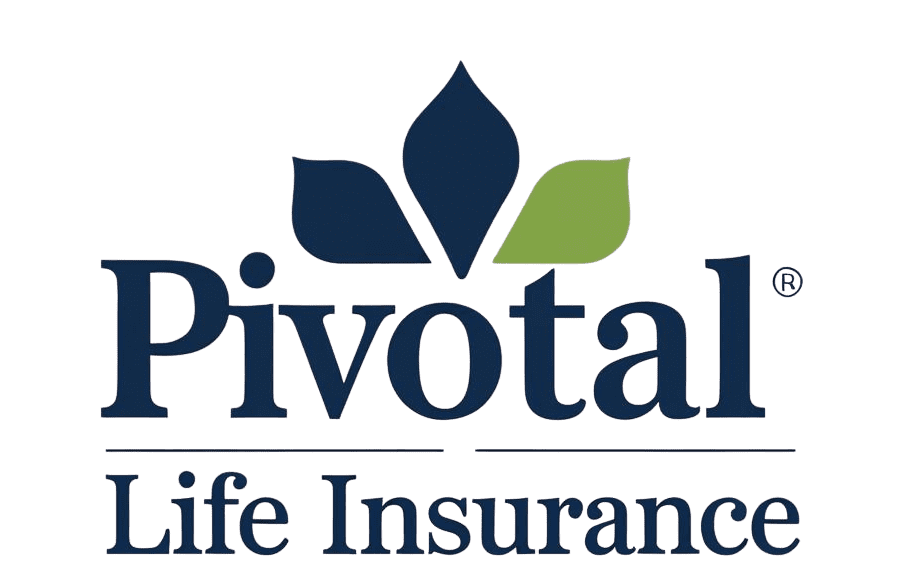Key Takeaways
Return of premium term life insurance refunds your premiums if you outlive the policy.
It provides peace of mind but comes at a higher cost.
Pros include a guaranteed refund, while cons include higher premiums and no interest growth.
Top insurers like State Farm, Prudential, Mutual of Omaha, and Assurity offer ROP options.
It suits buyers who prioritize stability over maximum investment returns.
What is Return of Premium Term Life Insurance?
Return of premium (ROP) term life insurance is a type of life insurance policy that refunds the premiums you’ve paid if you outlive the term. Unlike traditional term life insurance, which only pays a death benefit if you pass away during the coverage period, ROP adds a savings-like feature. For example, if you buy a 20-year ROP term policy and pay $50,000 in premiums, you could get that entire amount back when the policy ends if you’re still alive.
This type of policy matters because many people hesitate to buy term life insurance since it often feels like “wasted money” if they never use it. ROP addresses that concern by ensuring your premiums come back to you in full.
How Does ROP Term Life Insurance Work?
Here’s a simplified breakdown:
You choose a coverage term, such as 20 or 30 years.
You pay premiums, which are higher than standard term life.
If you pass away during the term, your beneficiaries receive the death benefit.
If you outlive the term, the insurer refunds all your paid premiums.
This structure makes ROP appealing for people who want both protection and the reassurance of not losing money if the policy isn’t used.
Pros and Cons of Return of Premium Life Insurance
Advantages
Refund of premiums: You get your money back if you outlive the policy.
Built-in savings discipline: Paying regularly ensures you’re setting aside money, even if it comes back without interest.
Peace of mind: You’re covered during the term and not left empty-handed afterward.
Tax-free refunds: Premium returns are generally not taxable.
Drawbacks
Higher premiums: Policies cost significantly more than traditional term life.
Opportunity cost: Money tied in premiums could earn more if invested elsewhere.
Limited availability: Not all insurers offer ROP options.
No interest or growth: Refund equals only the premiums you paid, not more.
What Companies Offer Return of Premium Life Insurance?
While not every insurer provides ROP, several established companies do. Options may vary based on state and eligibility. Common providers include:
State Farm – Offers ROP term policies with flexible terms.
Prudential – Known for customizable ROP riders.
Mutual of Omaha – Offers competitive rates and strong customer support.
Assurity – Provides ROP options for specific terms.
When comparing companies, look at:
Term lengths available
Refund structure and timing
Premium costs
Financial strength ratings
Who Should Consider ROP Term Life Insurance?
ROP may fit best if:
You want life insurance protection but dislike the idea of losing money if unused.
You can afford higher premiums without financial strain.
You prefer guaranteed returns over market-based growth.
For example, a young professional with stable income who values both security and a refund could benefit, while someone needing the lowest-cost coverage might prefer standard term life insurance.
Final Thoughts
Return of premium life insurance is not a one-size-fits-all product. It blends protection with a money-back feature, which can be comforting for cautious planners. The decision comes down to personal goals. Do you value the guarantee of a refund, or would you rather save money with traditional term life and invest the difference yourself?

